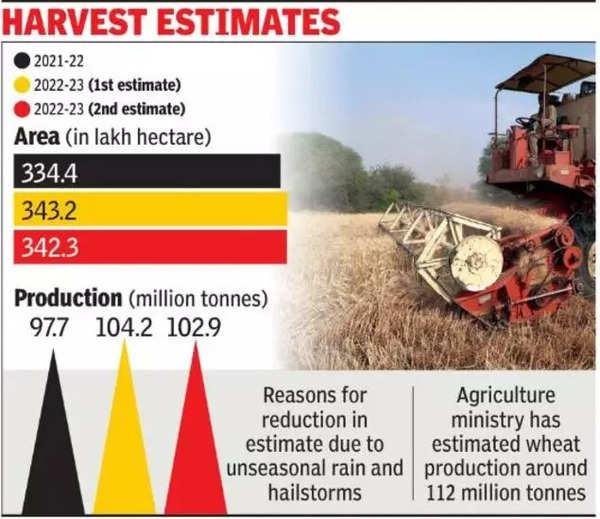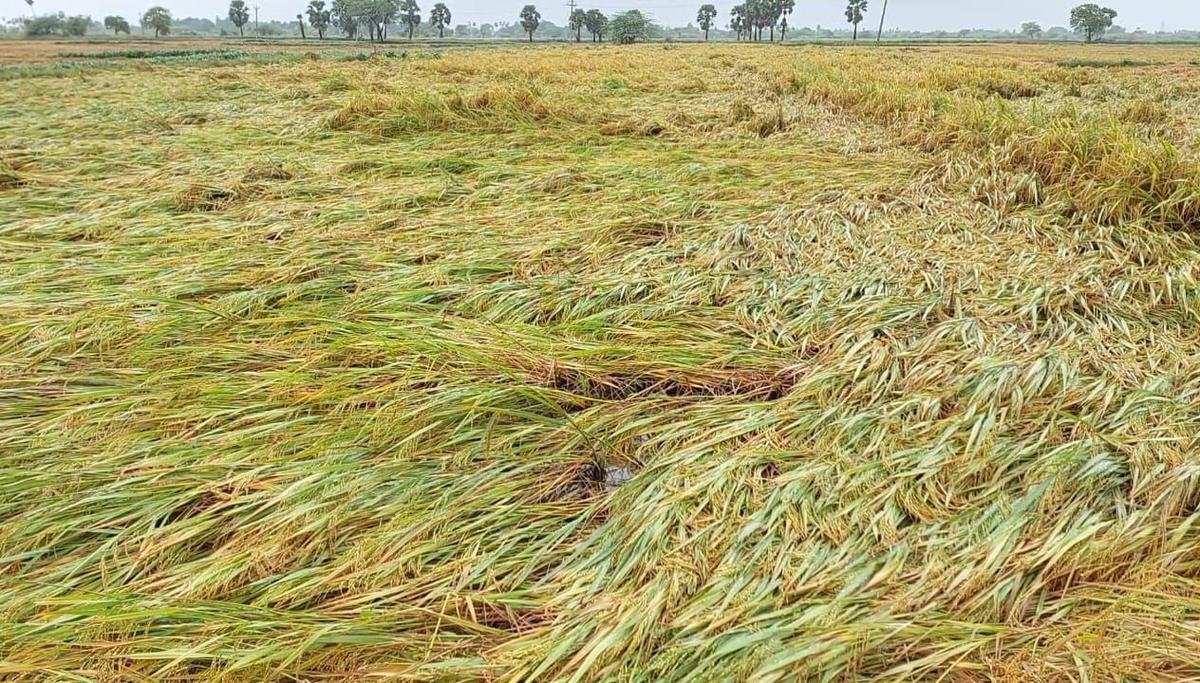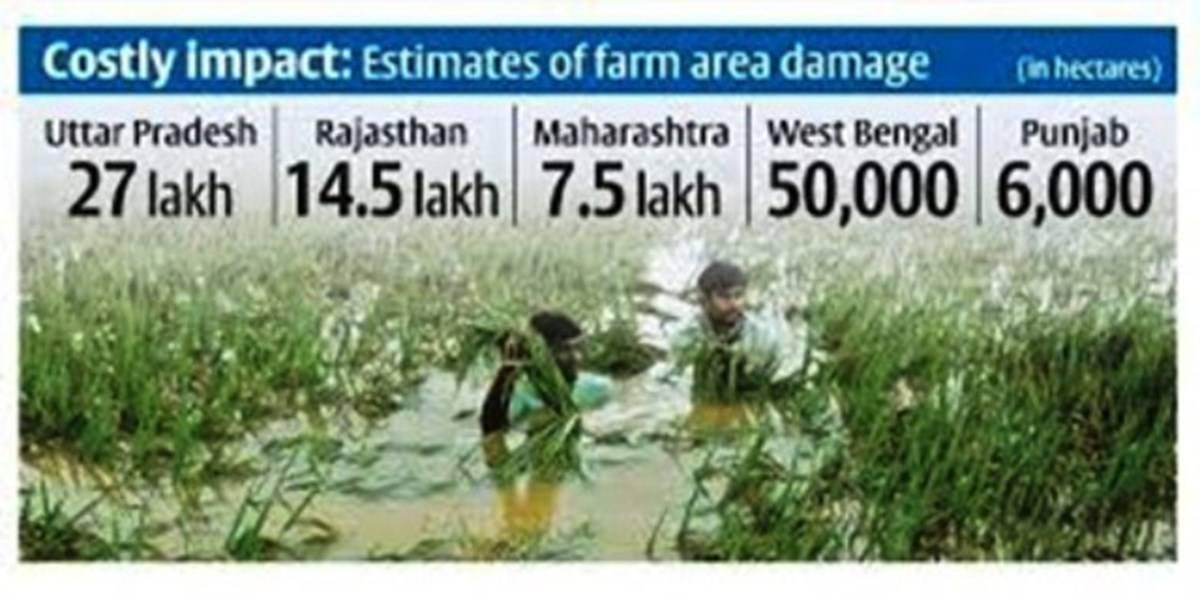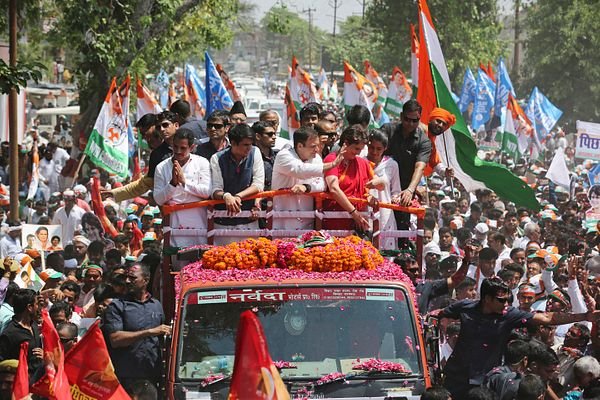
Latest Context
Currently, unseasonal rains in India which are caused by Western Disturbances, are severely affecting every part of human life. It is impacting the climatic conditions which, in turn, are affecting Indian agriculture which is one of the fundamental pillars of the Indian economy. Unseasonal rains are proving to be a curse for farmers who are already suffering from low crop prices, rising input costs, and changing weather patterns. Due to its impact on the agriculture sector, it results in high inflation and food insecurity.
Causes of Unseasonal Rains
- Changing Climatic Conditions: Global warming, weak western disturbances and strong subtropical jet stream are the causes of recent unseasonal rains. Climate change can result in unpredictable weather patterns and unseasonal rain.
- El Nino: It is a weather phenomenon that takes place when warm water from the Western Pacific Ocean flows eastward. It results in the drought conditions in some regions and unseasonal rain in others.
- La Nina: It is also a weather phenomenon that occurs when cool water from the Eastern Pacific Ocean flows westward. Excess rainfall in some regions and unseasonal rain are its result.
- Instability in Atmosphere: Atmospheric instability can also cause unseasonal rains. When there is a sudden change in atmospheric pressure, it results in precipitation even during non-monsoon seasons.
- Man-made activities: Human activities such as deforestation, urbanization, and pollution can also contribute to unseasonal rain. Deforestation can disrupt the water cycle, while urbanization and pollution can damage the microclimate very badly which results in unseasonal rain.
Impact of Unseasonal Rains

- Agricultural Sector: Unseasonal rains can lead to crop loss and impact post-harvest crops which could lead to a rise in prices of perishable commodities like vegetables and fruits.
- Construction Sector: Disruption caused by unseasonal rains can cause a rise in prices of key raw materials like cement and steel.
- Patterns of Consumption: Hike in prices of essential commodities can lead to a fall in the overall demand for non-essential goods and services.
- Social Impact: They can also have a social impact, especially on the vulnerable sections of society like daily wage laborers, small farmers, and migrant workers.
- Political Impact: Unseasonal rain has a significant political impact as well. Opposition parties can make issues against the ruling political party for not doing enough to address the concerns of farmers in the forthcoming elections. A blame game gets started in which each political party tries to score political points over the other.
Government Measures to Protect Farmers
- Pradhan Mantri Fasal Bima Yojna (PMFBY): It is a crop insurance scheme launched by the Government of India in 2016, Its objective is to provide financial support to farmers in case of crop failure or damage due to natural calamities, pests, or diseases. Under this scheme, farmers have to pay a nominal premium and the remaining amount will be paid by the government. The premium rates are fixed based on the type of crop, location, and the level of coverage chosen by the farmer. It covers all food, oilseed crops, and commercial and horticultural crops.
- Pradhan Mantri Krishi Sinchai Yojna (PMKSY): It is a flagship scheme of the Government of India with the objective is to provide water to every field and improving the efficiency of water usage in the country. It is also meant to boost irrigation infrastructure and promote water-use efficiency.
The scheme has four components:
- Accelerated Irrigation Benefit Program: Its motto is to provide financial assistance to states for completing their incomplete irrigation projects.
- Har Khet Ko Pani: It is meant to provide water to every field by ensuring water conservation and its efficient use through micro-irrigation, water harvesting, and other such techniques.
- Per Drop More Crop: Its aim is to enhance the efficiency of water usage by promoting micro-irrigation techniques like drip and sprinkler irrigation.
- Watershed Development: To conserve rainwater by promoting watershed development activities like afforestation, horticulture, and pasture development, this component was introduced in PMKSY.
- Soil Health Card Scheme: Under SHC, soil samples are collected from farmers’ fields and analyzed in laboratories to assess the nutrient status of the soil. A soil health card is generated for each farmer which provides information about the soil’s nutrient status and recommendations for the application of fertilizers and other soil amendments based on the analysis.

Multi-Pronged Approach to Address the Issue
- Short-term Measures: Centre and States can provide compensation to supply seeds, crop loss, and fertilizers at subsidized rates. The minimum Support Price could be increased.
- Long-term Measures: Structural reforms in the agricultural sector can make it more resilient according to changing weather patterns. Promoting crop diversification, encouraging the use of modern technologies and farming practices, and strengthening the supply chain infrastructure to reduce wastage and post-harvest losses could be long-term measures.
- Mitigating Climate Change: To use a proactive approach in policy formulation to mitigate its impact is the need of the hour in Indian context. It requires a coordinated effort between the Centre and States, civil society organizations, and the private sector.
Conclusion
The impact of unseasonal rain is not just limited to the agricultural sector but also impacts every aspect of human life. A multi-dimensional approach comprising both short and long-term measures is needed to address the issue. To mitigate the impact of climate change is very important to ensure the resilience of the agricultural sector. Greater coordination between the central and state governments is needed to address the concerns of farmers.

Prelims:
Q. With reference to the ‘Indian Ocean Dipole (IOD)’ sometimes mentioned in the news while forecasting Indian monsoon, which of the following statements is/are correct? (2017)
1. IOD phenomenon is characterized by a difference in sea surface temperature between tropical Western Indian Ocean and tropical Eastern Pacific Ocean.
2. An IOD phenomenon can influence El Nino’s impact on the monsoon.
Select the correct answer using the code given below:
(a) 1 only
(b) 2 only
(c) Both 1 and 2
(d) Neither 1 nor 2
Ans: (b)
Explanation
Indian Ocean Dipole (IOD): It is an atmosphere-ocean coupled phenomenon in the tropical Indian Ocean (like the El Nino is in the tropical Pacific). It is characterized by a difference in Sea-Surface Temperatures (SST).
Its opposite phenomenon is called a ‘negative IOD’ and is characterized by warmer than normal SSTs in the eastern equatorial Indian Ocean and cooler than normal SSTs in the western tropical Indian Ocean. It is also known as Indian Nino. Indian Ocean Dipole is an irregular oscillation of sea-surface temperatures in the Indian Ocean. In this phenomenon, the western Indian Ocean becomes alternately warmer and colder than the eastern part of the Indian Ocean. Hence, statement 1 is not correct. An IOD can either damage or weaken the impact of El Nino on the Indian monsoon. It can bring good rains to India If there is a positive IOD despite of an El Nino year. Hence, statement 2 is correct.
Therefore, option (b) is the correct answer
Mains
Q. The frequency of urban floods due to high intensity rainfall is increasing over the years. Discussing The reasons for urban floods, highlight the mechanisms for preparedness to reduce the risk during such events. (2016)






